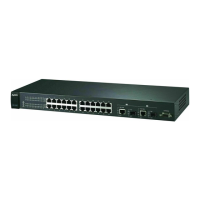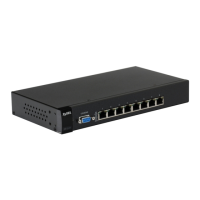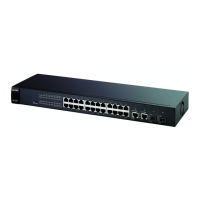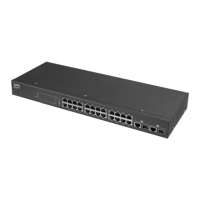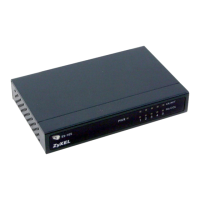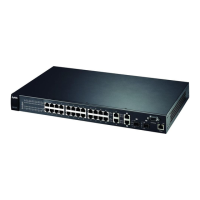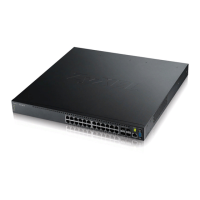Why I cannot access the web configurator of ZyXEL Communications ES-2024A Network Router?
- FfbarnesJul 30, 2025
The default administrator username for the ZyXEL Communications Network Router web configurator is 'admin', and the default administrator password is '1234'. Usernames and passwords are case-sensitive, so ensure you enter them correctly. If you have changed the password and forgotten it, you will need to upload the default configuration file to restore all factory defaults, including the password. Also, verify that you have enabled web service access, and your computer's IP address matches the configured secured client IP address, if any. Ensure your computer and the switch are on the same subnet.
